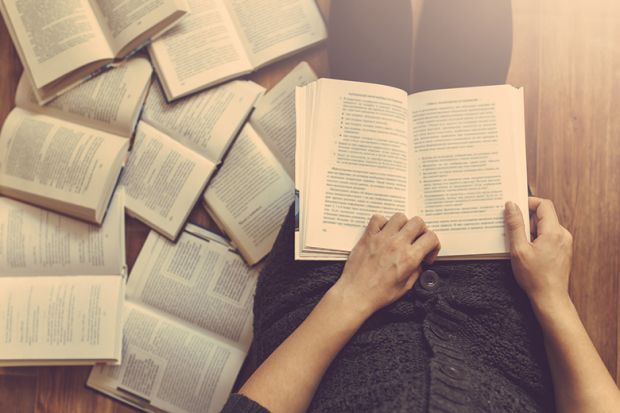Character of a Good Reader
 |
| Photo By: Times Higher Education |
A good reader actively thinks as he reads and Good readers possess the following characteristics:
Reads Rapidly and Accurately
A good reader reads fluently. A child must progress from individual word decoding to automaticity -fast, accurate and effortless word identification. The ability to read words rapidly and accurately allows a child to focus on understanding the text – the ultimate goal of reading. As a child progresses, the evolution will lead to understanding the text as a whole rather than the individual words. When a child struggles with word identification, his attention is no longer on understanding the written text but rather identifying the word. Repeated reading (rereading the text for speed and accuracy) and modeled reading (hearing what it should sound like) are both great ways to improve fluency.
Sets Goals
A good reader establishes a purpose for reading. Prior to reading, a child needs to identify the reading purpose. Quite simply, she must know the answer to the following question: why am I reading this? Knowing your objective helps you achieve it. Whether you are reading the step by step directions in a cookbook while making dinner or engrossed in a novel, we read for various reasons. A child will also read for various reasons but much of their reading will be to learn.
Identifies text structure
A good reader can identify the structure of the text. When a child can picture the organization of the text, she is more likely to understand and absorb it. Authors often use transitional words to connect ideas. Recognizing these signal words helps a child indentify the text’s structure.
Monitors understanding
A good reader monitors his own reading to ensure comprehension. While reading, a child needs to monitor their understanding of the text and indentify concepts or words that they do not understand. In addition, they need to apply “fix-it” strategies to repair any misunderstandings. A child should reread, identify the unfamiliar phrase or word or ask a question to help him interpret the meaning. When your child gives you a confused look, take the time to explain the word or concept. Clarifying confusing concepts aids in both vocabulary and comprehension.
Creates mental notes and summaries
A good reader creates mental notes and summarizes while reading. She can recall the main character’s dilemma at the beginning of the story. Mental notes and summaries help a child remember what they are reading. Help your child by modeling this strategy. While reading to your child, visualize and summarize aloud. As you read a book, describe the visual images that you are creating in your mind and summarize what you read so far.
Anticipates the next move
A good reader makes predictions, which gets a child actively involved in what they are reading. It motivates them to further investigate the text in search of meaning and understanding. While reading to your child, encourage them to recognize foreshadowing and predict what will happen next.
Edits thoughts
A good reader revises and evaluate as she reads. She can determine both the important and trivial ideas and integrates new and existing information. A child’s thinking changes as they progress through a book and gather more details. As a child collects new information, she also obtains a deeper understanding of what she is reading and can draw conclusions.
Learning to read is critical and doing it well certainly has its benefits!













No comments:
Post a Comment